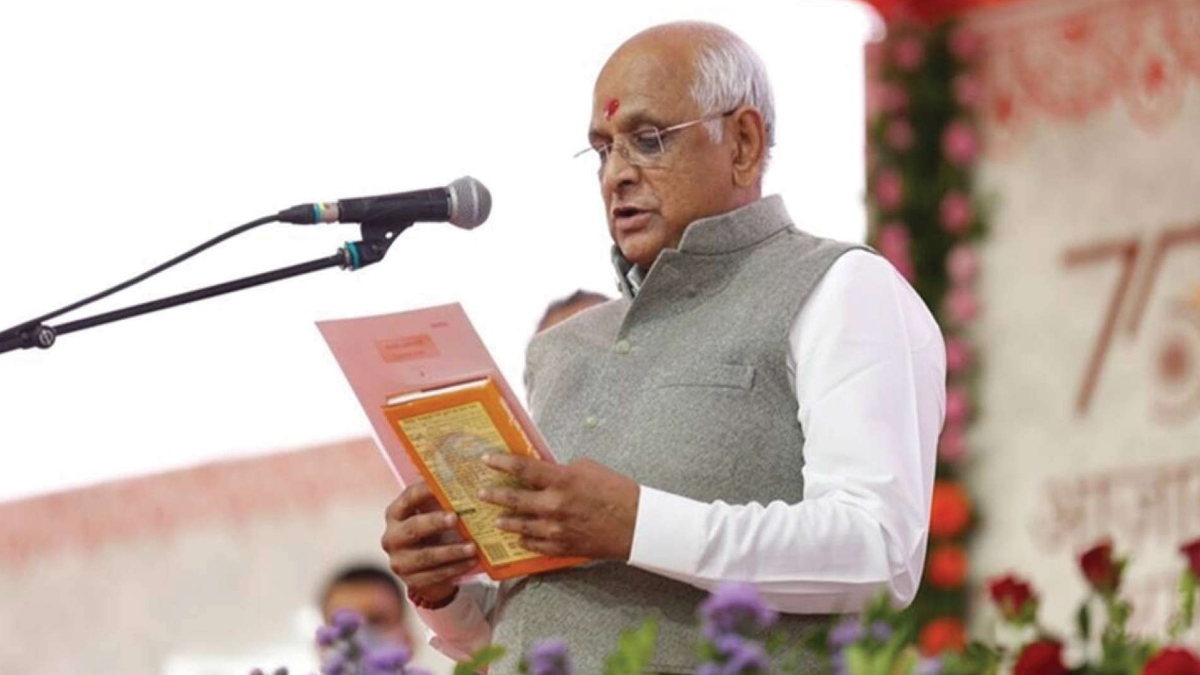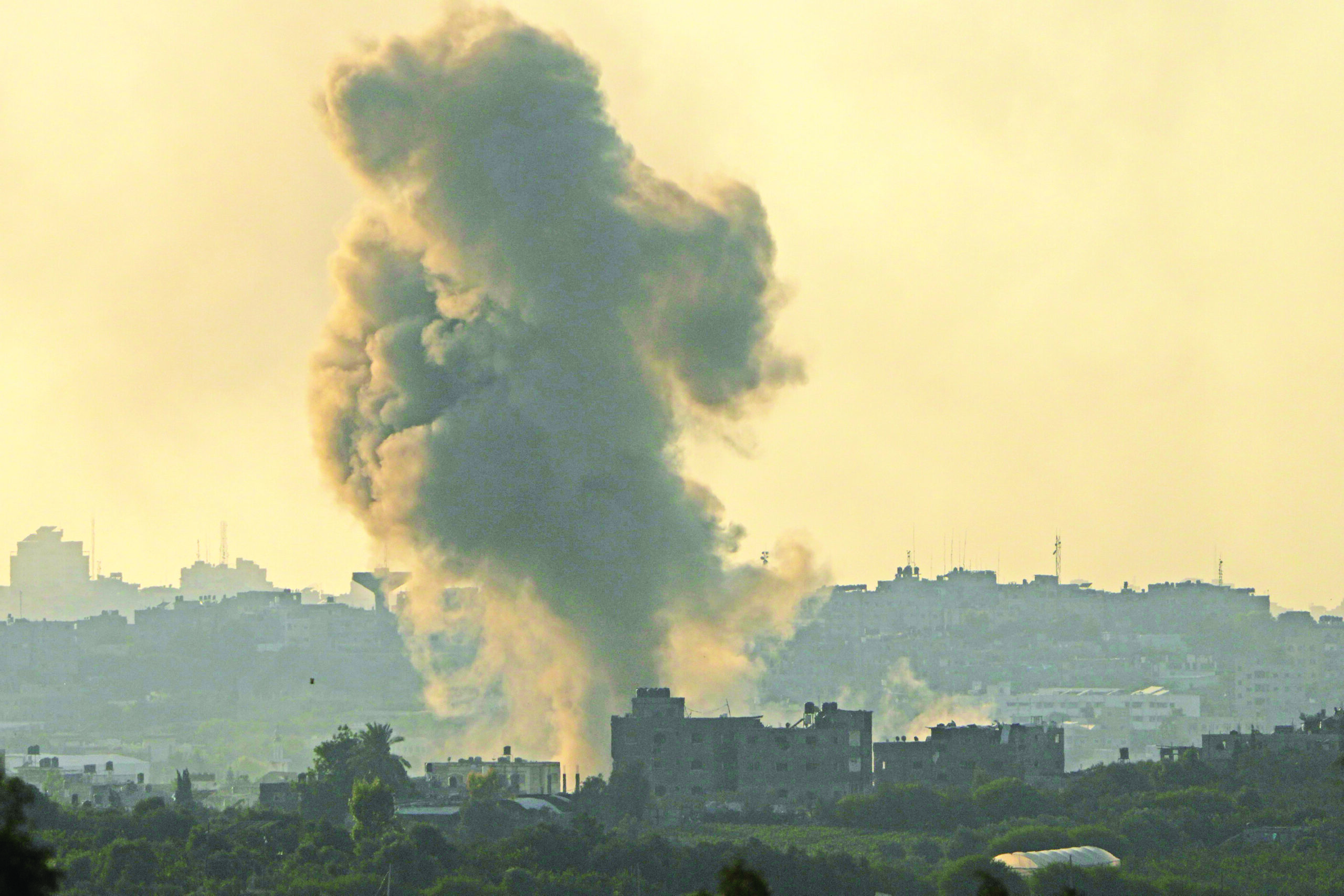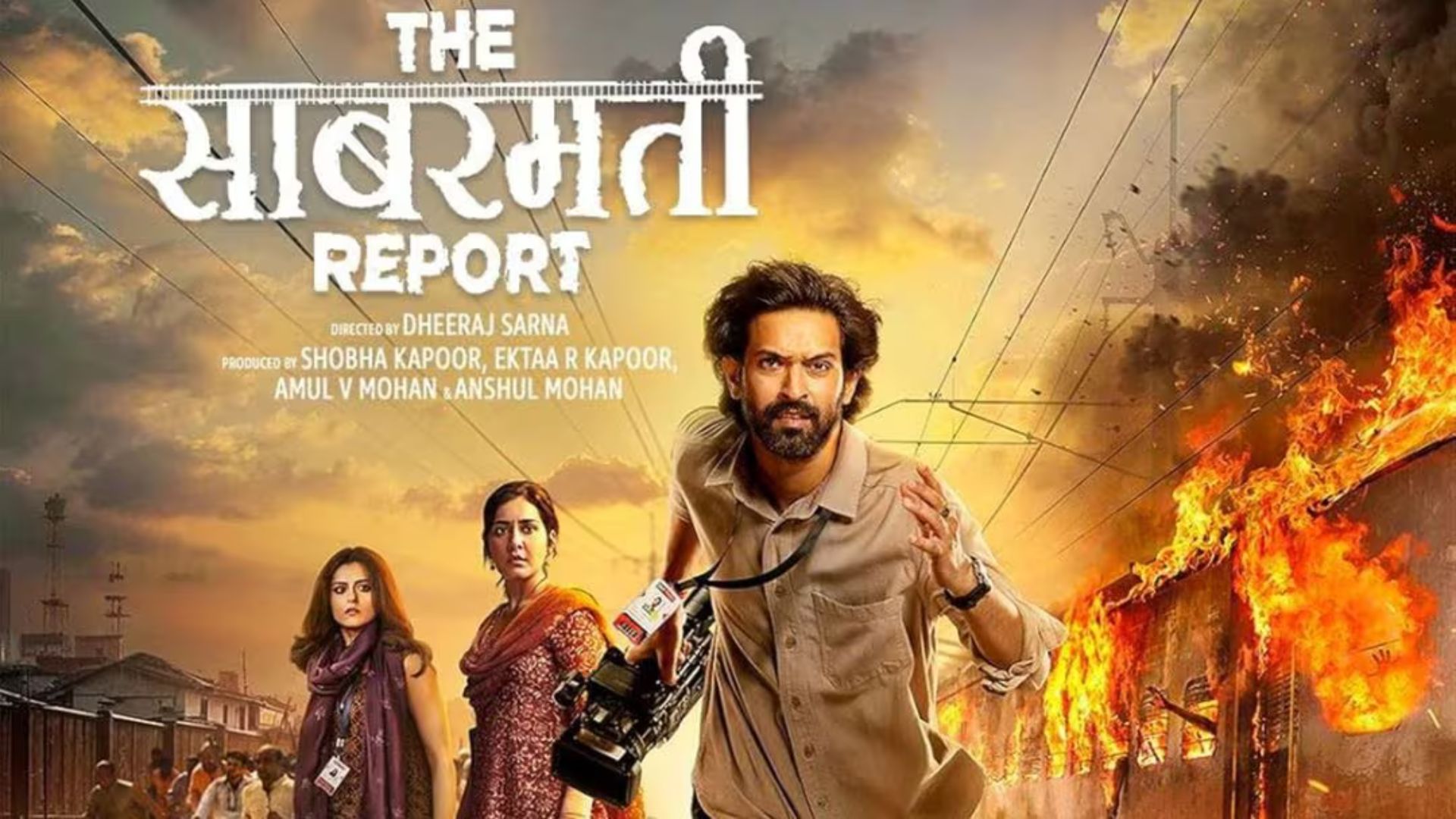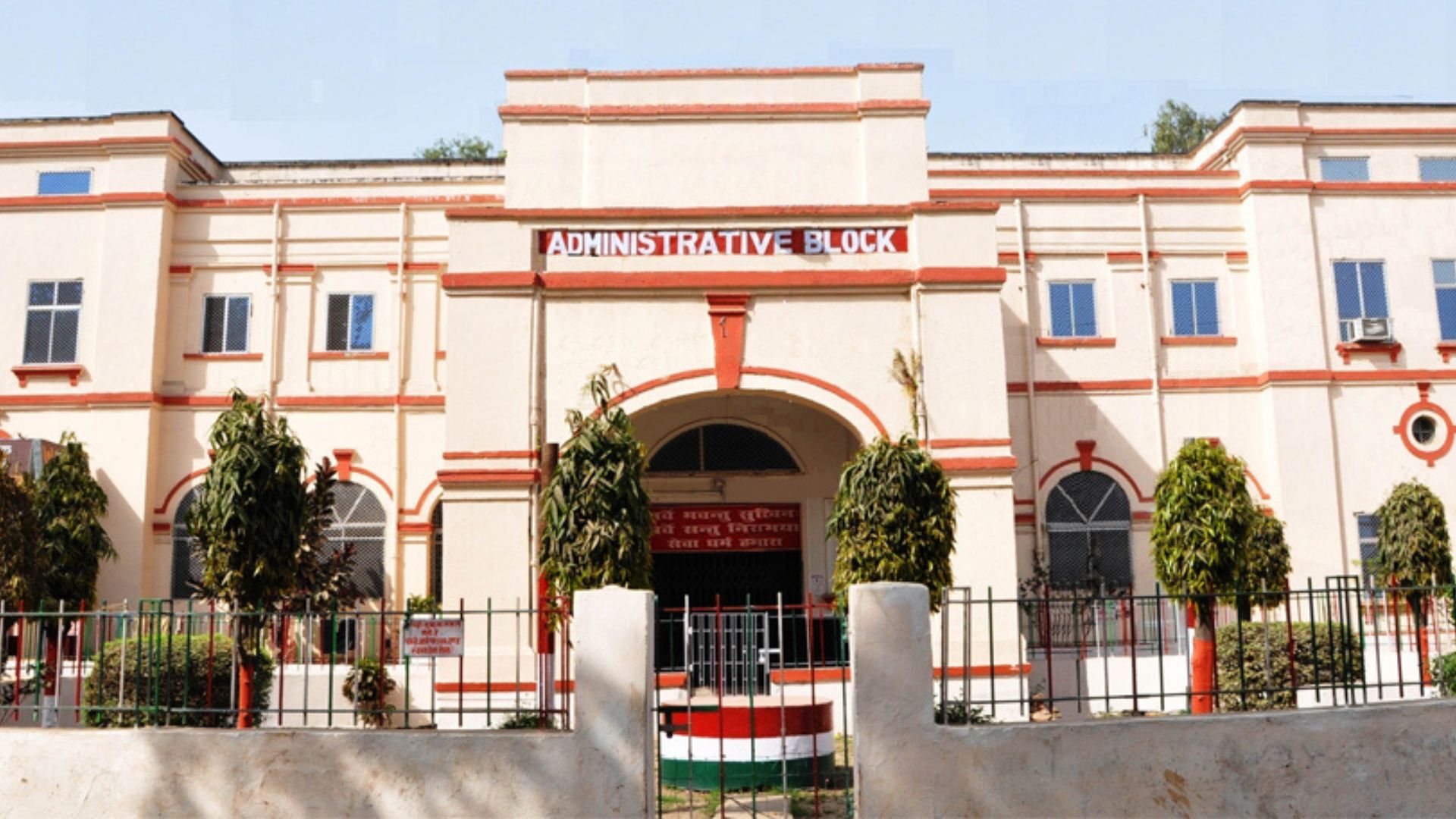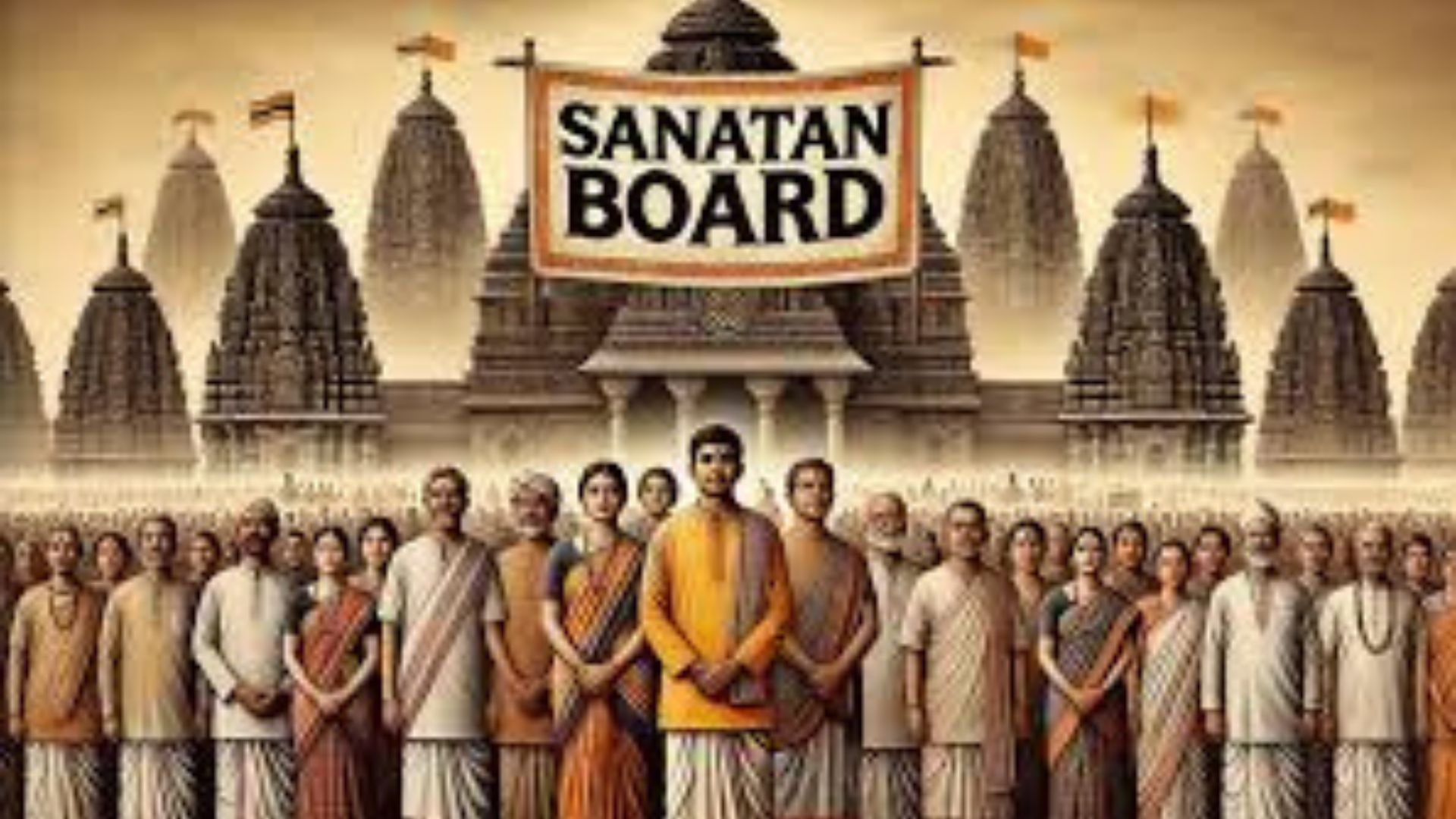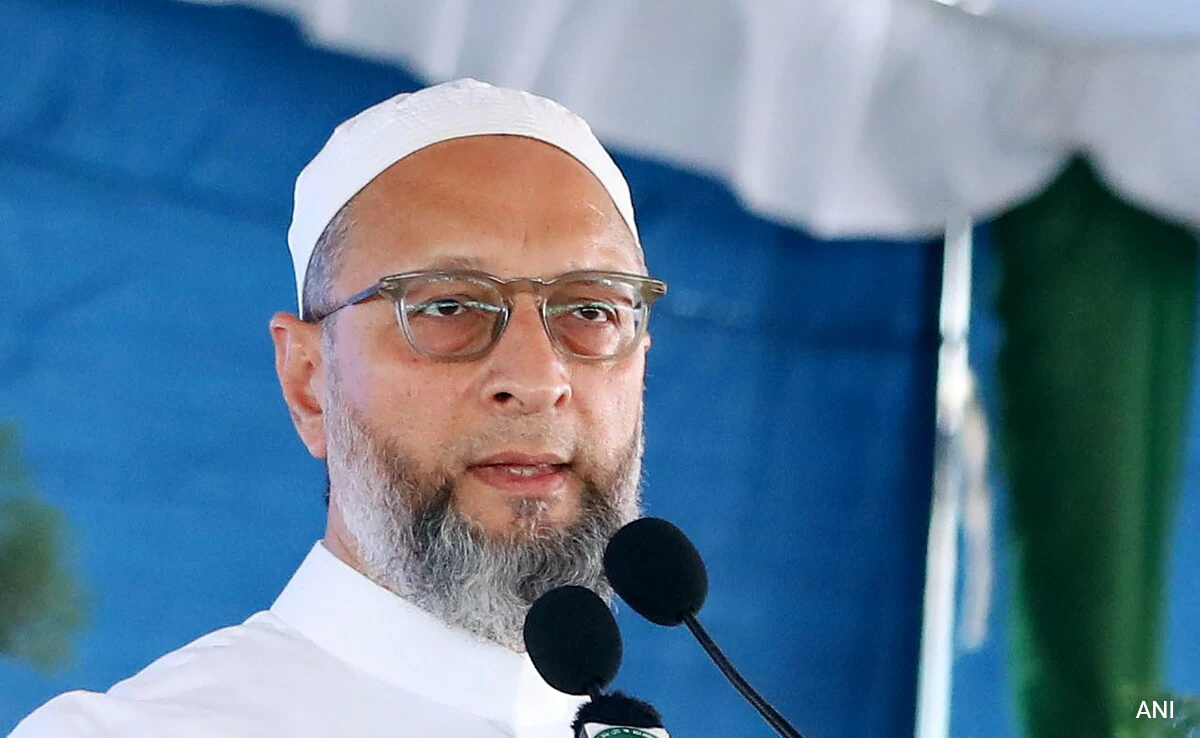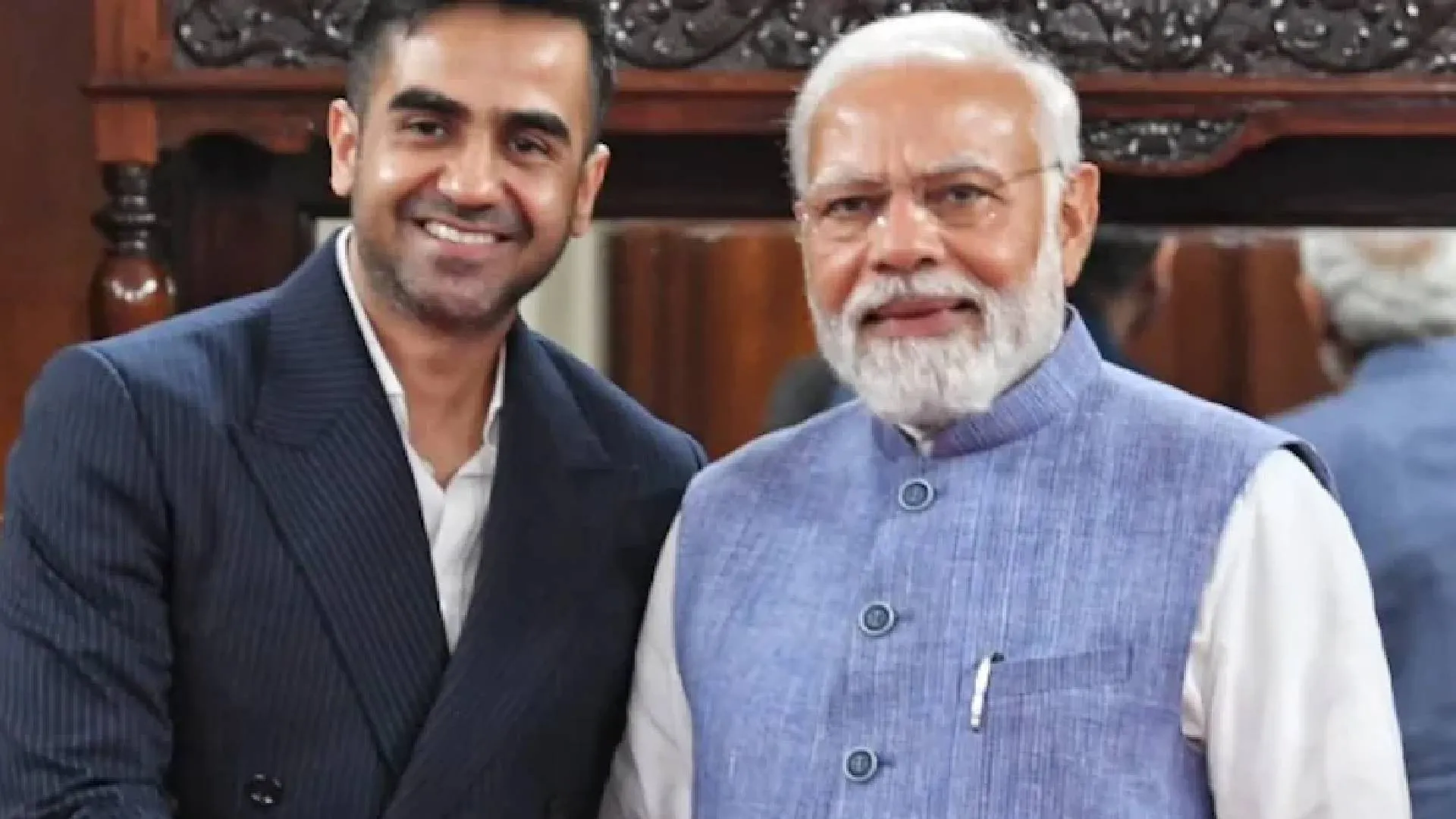The stage is set for the December Assembly polls in Gujarat with parties conducting roadshows, yatras, voter registration, and awareness campaigns across the state in full force. The Bharatiya Janata Party (BJP), which has dominated the state almost entirely since 1998, faces a huge challenge – beating over 20 years of anti-incumbency. The party won the 2017 elections in the state, securing 99 seats in the 184 member Assembly with a vote share of 49.05 per cent. It faced tough competition from the Indian National Congress (INC), which used to dominate the political discourse in the state until the 1990s, and managed to secure 77 seats with a vote share of 41.44 per cent.

In the run-up to the Assembly elections in Gujarat slated for the end of 2022, the ruling Bharatiya Janata Party state chief addressed the party’s workers.

On 13 September 2021, Bhupendra Patel was sworn in as the 17th Chief Minister of Gujarat.

In the run-up to the Assembly elections in Gujarat slated for the end of 2022, the ruling Bharatiya Janata Party state chief addressed the party’s workers.
However, since then, the INC’s term in the state has been marred by a series of defections by major leaders from the party, as well as infighting, which led to a diminishing presence in the assembly (64 seats), while increasing the BJP’s tally to 112 seats. The Aam Aadmi Party (AAP), riding high from its victory in Punjab, has also thrown its hat into the fray. AAP continues on its mission to replace the INC as the major opposition national party in the state. The party is resorting to its tried and tested freebie and corruption-free formula, while also inducting local leaders and forging alliances with smaller regional parties. Most political analysts believe that the BJP’s strong on-ground organisational structure, clubbed with the use of heavyweights such as Prime Minister Narendra Modi and Home Minister Amit Shah, both of whom are from Gujarat, will be enough to ensure the party’s victory.
That being said, some also point out the fact that the BJP’s tally has reduced in every election since 2002, indicating some erosion in its vote base.
Source: republicworld.com
PARTIES’ PROMISES TO THE PEOPLE OF GUJARAT

Arvind Kejriwal held a meeting with Chhotu Vasava, chief of Bharatiya Tribal Party, and later jointly addressed the ‘Adivasi Sankalp Mahasammelan’.
Source: theweek.in
The BJP’s campaign in Gujarat was in full force right after the party’s victories in various states earlier this year, including Uttar Pradesh. Since then, both Prime Minister Modi and Amit Shah have been on several trips to the state, holding rallies and roadshows, and are constantly part of meetings in New Delhi and in Gujarat to chalk out election strategy. The BJP has been capitalising Narendra Modi’s popularity in the state and has targeted winning 150 seats in the December polls. The party has chalked out a strategy to woo not only its traditional urban voters, but also tribals, OBCs, Dalits, and the Patidars, a traditional vote bank of the Congress. Modi also visited Dahod, a tribal dominated area, which has been the bastion of the Congress so far. Despite the looming issues of anti incumbency, unemployment, price rise and an impending agricultural crisis, Modi, Shah,and the BJP enjoy widespread popularity in the state. The party is leaving no stone unturned to highlight that both Modi and Shah are sons of the Gujarat soil. The AAP also kickstarted its campaign in the state on the first day of Chaitra Navratri, from the Khodiyar Mata temple in Nikol area in Ahmedabad. AAP has so far been most successful in attracting the section of the Patidar community which has been disenchanted with the current dispensation. The party has staged its greatest show yet in the Surat civic polls, riding the wave of the Patidar disenchantment. It is continuing its tried and tested formula of promising free electricity, education, and the promise of eradicating corruption in the state. Dr Sandeep Pathak, who is credited to have played a key role in AAP’s Punjab performance, has been elected as the party’s in-charge of affairs in Gujarat, while Gulab Singh Yadav is the campaign in-charge. The AAP has focused on expanding its organisational base in the state while subsequently inducting a slew of prominent faces from different fields, including popular TV anchor Isudan Gadhvi, youth leader Yuvrajsinh Jadeja, farmer activist Sagar Rabari, and Patidar youth leader Nikhil Savani into its fold. It has also sealed an alliance with the Bharatiya Tribal Party (BTP) of Chotu Vasava which has two MLAs in Gujarat. As the elections inch closer, the AAP is likely to ally with more regional parties to secure its standing in the state. While incumbent Chief Minister Bhupendra Patel is the BJP’s Chief Minister face so far in the campaign, the AAP and INC are yet to announce a chief ministerial candidate.


WILL THE INC STEP UP?
The Congress, which dominated politics in Gujarat till 1995, has been struggling since to find its foothold again. However, these polls are likely to be the toughest challenge for the party as it is tasked not only with defeating the BJP, which has dominated the state’s politics in recent years, but also protecting its base from parties such as the AAP and AIMIM. From July 2017 until now, the party has lost 29 MLAs, bringing its tally down to 64, with Hardik Patel’s defection being the sharpest blow to the party.


The performance of AAP in the Surat Municipal Election will motivate the party to be a significant challenger to BJP in Gujarat.
Some political analysts believe the party could give some competition to the BJP if it sticks to its KHAM (Kshatriya, Harijan, Adivasi, Muslim) vote bank and tries to woo disgruntled Patel community members who have started looking away from the BJP.
The high level of infighting in the party, lack of local leaders and on-ground support are huge roadblocks for the party on this journey to the 2022 polls.
The party is making some attempts to woo local leaders and the electorate. These attempts include the launch of their “27 years of Congress” vs “27 years of BJP” campaign, which compares the tenures of both parties in the state. Party leaders have also taken out a ‘padyatra’ (foot march) from the party headquarters to Lord Jagannath temple to seek God’s blessings for a landslide victory in the elections.
While the party has announced a ‘Dwarka declaration’, whereby it hopes to win 125 seats in the December polls, the diminishing footprint of the party, on ground and in the assembly, point to the fact that this might be a farfetched goal.
Caste groups and voting patterns in Gujarat
The highest concentration amongst various caste groups in Gujarat is that of Other Backward Castes (OBCs) who account for roughly 42 per cent of the population, with Koli (22 per cent), and Thakors (20 percent) being the major castes in the OBC group. Apart from this, Patidars account for nearly 15 per cent of the population, Scheduled Tribes (STs) for around 16 per cent of the population, Scheduled Castes (SCs) for nearly 7 per cent, Muslims account for 10 per cent, and others account for the remainder 10 per cent of the population.

The departure of Hardik Patel from the Congress might dent the party’s chances of forming the government in the state.

AAP will be contesting in the 2022 Gujarat Assembly elections and will be looking to make inroads in the state.

The BJP will look forward to continuing its dominance in the state.
Taking these numbers into account, it is easy to conclude that the OBC cluster is likely to be the most influential in Gujarat politics. However, in the past, due to the varying castes and social groups within the OBC cluster, the group has never voted collectively (as a bloc). In fact, smaller groups from the OBC cluster, such as the goldsmiths or sonars, and ironsmiths or lohars, have been asserting their demands as a bloc and demanding more representation in the politics of the state.
Given the recent political history of the state, one of the most important caste groups to have emerged is the Patidars. The Patidars, an economically and politically influential caste group, is spread across the state, with a higher concentration in North Gujarat and Saurashtra.
The Patidars were ardent Congress supporters in the 1970s. They shifted their allegiance to the BJP in the 1980s as the Congress shifted its focus to the famous KHAM alliance (Kshatriya, Harijan, Adivasi, Muslim), due to the the reservation dynamics and former prime minister Indira Gandhi’s “garibi hatao” slogan. In 2015, during large-scale demonstrations, protests, and riots by the Patidars in Gujarat (they were seeking Other Backward Class (OBC) status), Hardik Patel (former Working President of the Gujarat Pradesh Congress Committee) rose to prominence as an important political force in the state.
Patel led the issue of the Patidar agitation and became the face of the movement. His rise to prominence has been cited as one of the key reasons for the INC’s rise in vote share by roughly 8.4 per cent in the 2017 assembly polls.
Perhaps one of the biggest setbacks the Congress faced during campaigns for the 2022 Assembly Elections was the loss of Hardik Patel.
After being with the INC for years and in ardent opposition to the BJP, Patel joined the BJP on 2nd June 2022 after being expelled from the INC for “anti-party activities”. All parties have been trying to woo this influential community ahead of the December polls. In fact, during the foundation day event at a community temple, Prime Minister Narendra Modi termed the community, “Panidar (strong)”.
Similarly, the Koli community, which accounts for roughly one third of the state’s population has the power to influence results in over 82 assembly seats, and could have a dominating power in 45 of those seats.
However, in the past, the community has been left out of the political discourse in the state, primarily due to the low rate of literacy and poor economic standing of the community. This year, the community has stepped up to claim their political significance in the state and local Koli leaders, along with former BJP parliamentarian Devji Fatepara and former Cabinet Minister Kuvarji Bavalia, held meetings in various districts to narrow down on their demands as a community.
Major demands of the community include a Rs 1,000-crore budget provision for the Koli Development Corporation and adequate financial support for their businesses and the community’s welfare trusts.
Apart from the individual issues of community groups, rising unemployment and inflation in the state are going to be key points raised by the electorate during the December polls. While retail inflation hit an 8-year high of 7.8 per cent in April, wholesale inflation surged to a 9-year high of 15.08 per cent on the back of elevated food and energy prices in the same month. Typically, issues such as inflation and unemployment, while used as poll planks by opposition parties, haven’t had the impact desired by the opposition on the electoral outcomes of state elections. The impact these issues are likely to have on the assembly elections are yet to be seen.

